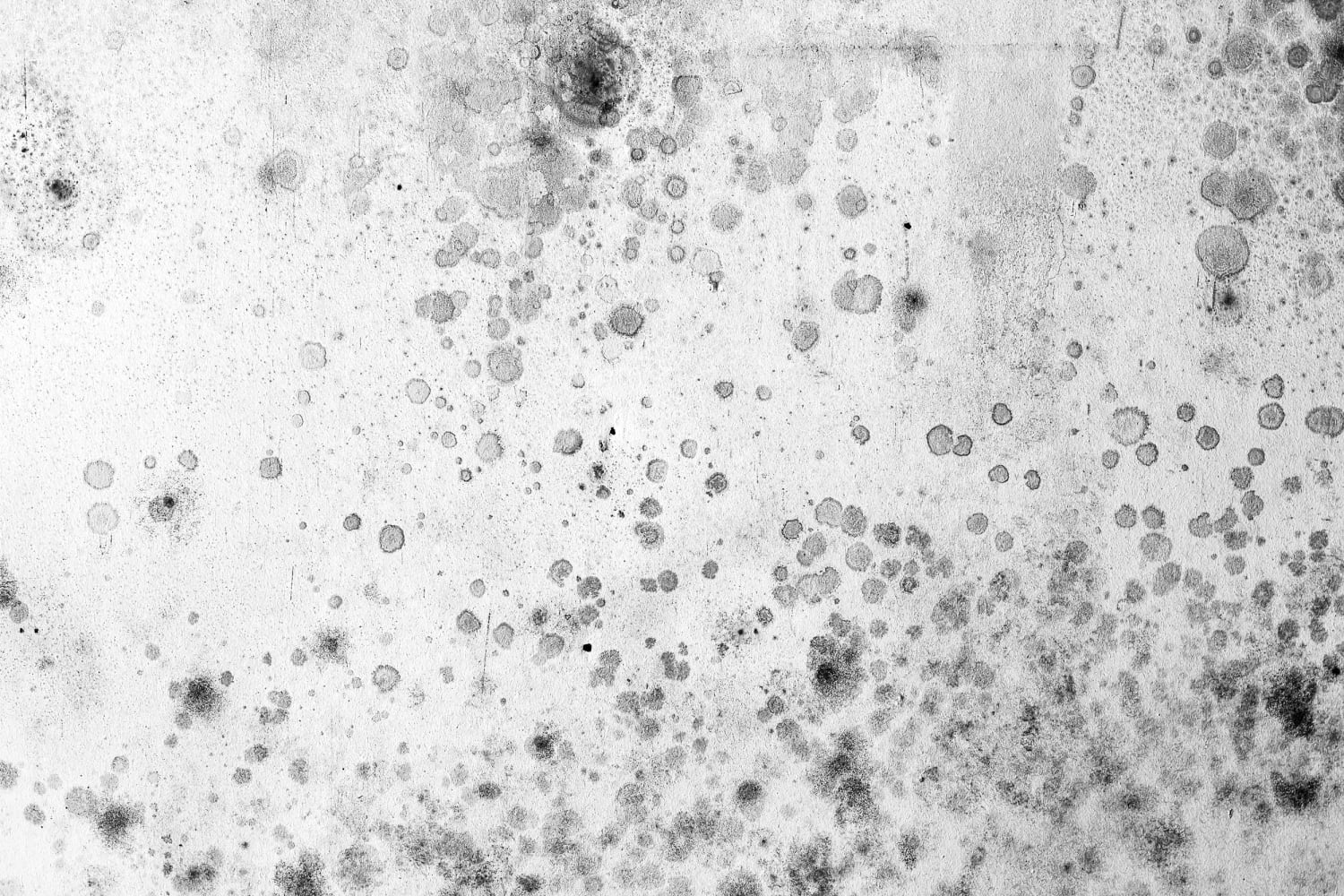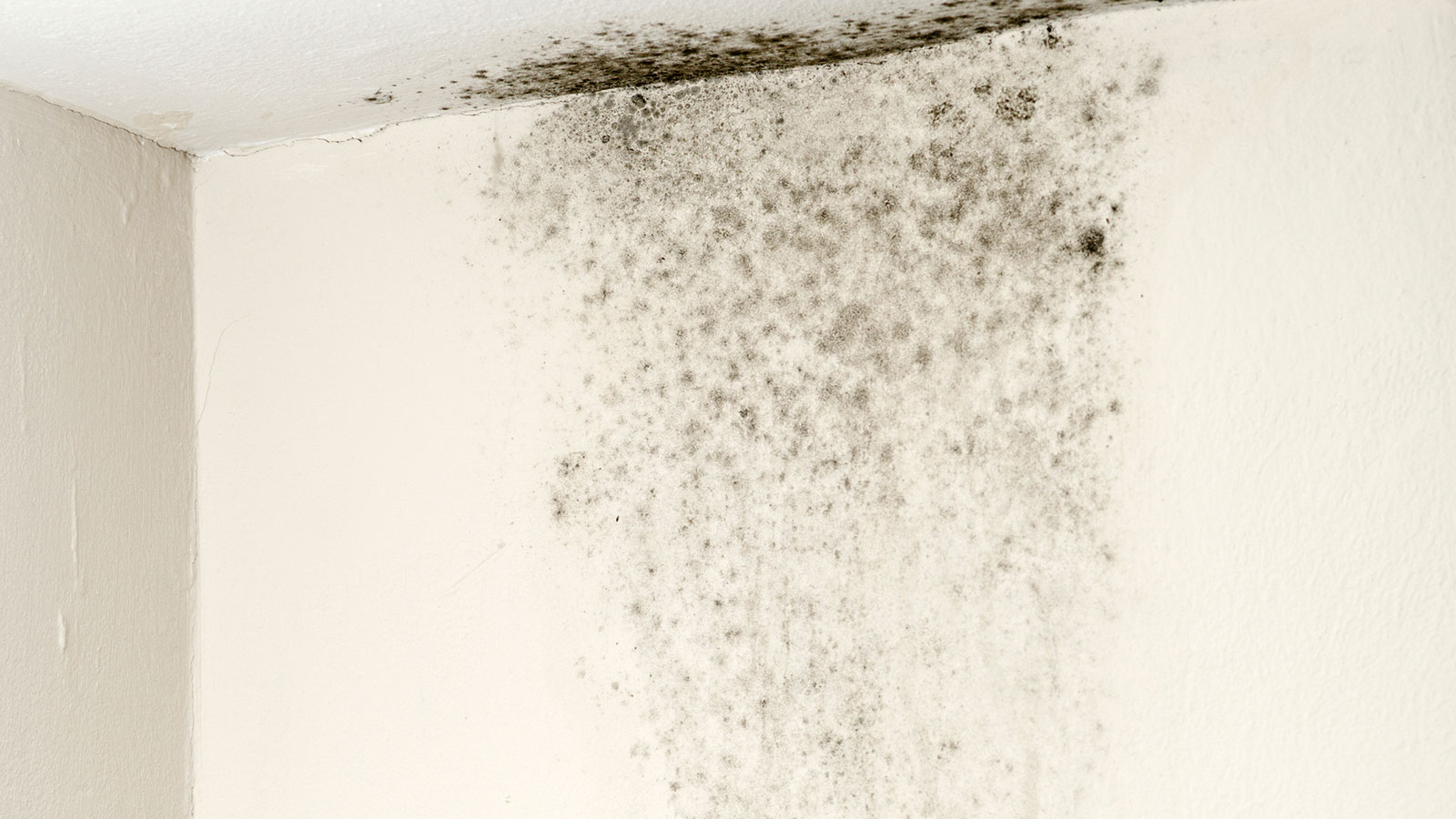Health Risks of Black Mold in Bathrooms: Is Black Mold In Bathroom Dangerous

Black mold, scientifically known as Stachybotrys chartarum, is a type of fungus that thrives in damp, humid environments, making bathrooms a prime breeding ground. Its presence can pose significant health risks, particularly for vulnerable populations.
Respiratory Problems
Exposure to black mold can trigger a range of respiratory issues, especially for individuals with pre-existing conditions like asthma or allergies. Mold spores, when inhaled, can irritate the lungs, leading to:
- Coughing
- Wheezing
- Shortness of breath
- Chest tightness
- Sinus infections
In severe cases, prolonged exposure can even result in pneumonia or other serious lung infections.
Allergies, Is black mold in bathroom dangerous
Black mold can act as a potent allergen, triggering allergic reactions in sensitive individuals. These reactions can manifest as:
- Sneezing
- Runny nose
- Itchy eyes
- Skin rash
These allergic reactions can be particularly troublesome for children and individuals with existing allergies, potentially leading to more severe symptoms.
Skin Irritation
Direct contact with black mold can cause skin irritation, especially in individuals with sensitive skin. This irritation can present as:
- Redness
- Itching
- Rashes
In severe cases, prolonged exposure can even lead to more serious skin conditions like eczema or dermatitis.
Vulnerable Populations
The health risks associated with black mold exposure are particularly pronounced for vulnerable populations, including:
- Children: Their developing immune systems are more susceptible to the harmful effects of mold exposure.
- Elderly: They may have weakened immune systems and pre-existing health conditions that make them more vulnerable.
- Individuals with pre-existing health conditions: Those with respiratory problems, allergies, or weakened immune systems are at a higher risk of experiencing severe health complications from mold exposure.
It is crucial to take preventive measures to minimize the risk of black mold growth in bathrooms, especially in homes with vulnerable individuals.
Identifying Black Mold in Bathrooms

Black mold, also known as Stachybotrys chartarum, is a type of fungus that can thrive in damp and humid environments, making bathrooms a common breeding ground. Identifying black mold is crucial for preventing health risks and addressing the underlying moisture problems that allow it to grow.
Visual Characteristics of Black Mold
Black mold is often identified by its distinctive dark color, but it can also appear in shades of green, brown, or gray. The texture of black mold is typically slimy or velvety, and it may grow in patches or colonies.
Black mold commonly grows in areas with high moisture levels, such as:
* Shower stalls and tubs: The constant exposure to water and steam creates a perfect environment for mold growth.
* Around leaky faucets and pipes: Water leaks can lead to dampness and provide a source of moisture for mold.
* Under sinks and cabinets: These areas often experience condensation and poor ventilation, promoting mold growth.
* Ceilings and walls: Mold can grow on surfaces that are constantly exposed to moisture, such as ceilings near leaky roofs or walls with inadequate ventilation.
Differentiating Black Mold from Other Mold Types
While black mold is the most common type found in bathrooms, other types of mold and mildew can also be present.
Table of Common Black Mold Types Found in Bathrooms
| Mold Type | Image Description | Characteristics |
|---|---|---|
| Stachybotrys chartarum (Black Mold) | A black, slimy patch of mold growing on a damp surface. | Dark green, black, or brown, slimy or velvety texture, often grows in patches or colonies. |
| Cladosporium (Common Mold) | A gray, powdery mold growing on a damp surface. | Gray, brown, or black, powdery or fuzzy texture, can grow on a variety of surfaces. |
| Penicillium (Common Mold) | A blue-green, fuzzy mold growing on a damp surface. | Blue-green, yellow, or white, fuzzy or powdery texture, often grows in damp or humid areas. |
| Aspergillus (Common Mold) | A yellow-green, fuzzy mold growing on a damp surface. | Yellow, green, or brown, fuzzy or powdery texture, can grow on a variety of surfaces. |
It’s important to note that while these are common types of mold found in bathrooms, it’s best to consult a professional mold inspector for accurate identification.
Preventing Black Mold Growth in Bathrooms
Black mold thrives in damp environments, making bathrooms a prime target. However, with proactive measures, you can effectively prevent its growth and ensure a safe and healthy space.
Proper Ventilation
Proper ventilation is crucial in preventing black mold growth in bathrooms. A well-ventilated bathroom allows moisture to escape, preventing condensation and dampness. Here’s how to achieve this:
- Use exhaust fans: Install and use an exhaust fan during and after showers or baths to remove steam and moisture. Ensure the fan is powerful enough to effectively remove moisture.
- Open windows: When possible, open windows to allow fresh air circulation and reduce humidity levels.
- Avoid blocking vents: Ensure that vents are not blocked by furniture or other objects.
Moisture Control
Moisture control is essential in preventing black mold growth. Here are some strategies:
- Dry surfaces promptly: Wipe down shower walls, floors, and sinks after each use to prevent water from pooling and creating a breeding ground for mold.
- Fix leaks promptly: Repair any leaks in faucets, pipes, or showerheads immediately to prevent water damage and mold growth.
- Use a dehumidifier: If your bathroom is particularly humid, consider using a dehumidifier to remove excess moisture from the air.
Cleaning Practices
Regular cleaning is essential in preventing black mold growth. Here are some tips:
- Clean regularly: Clean your bathroom regularly, especially areas prone to moisture buildup like shower stalls, tubs, and grout.
- Use mold-killing cleaners: Use a cleaner specifically designed to kill mold and mildew. Follow the instructions carefully.
- Clean grout thoroughly: Grout is a porous material that can trap moisture and become a breeding ground for mold. Clean it regularly with a grout cleaner.
